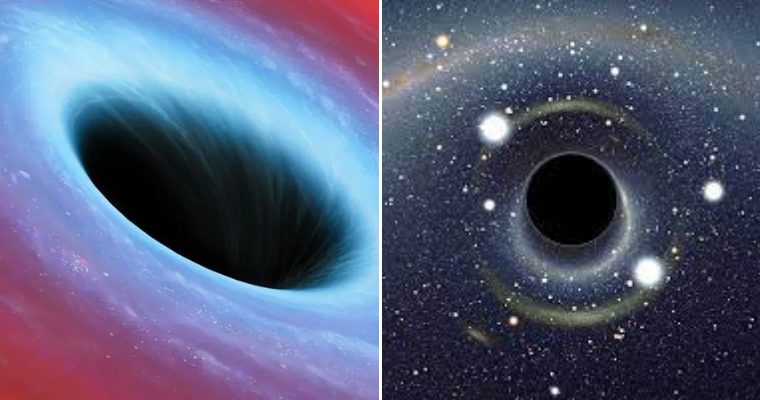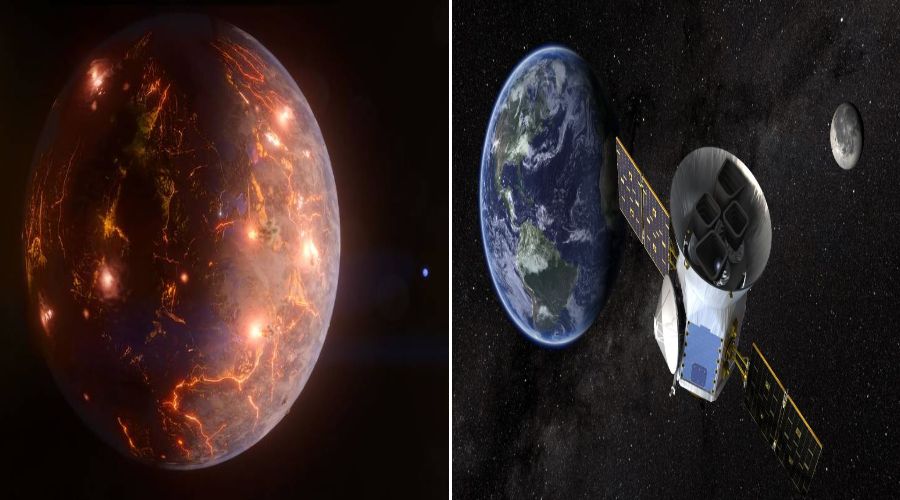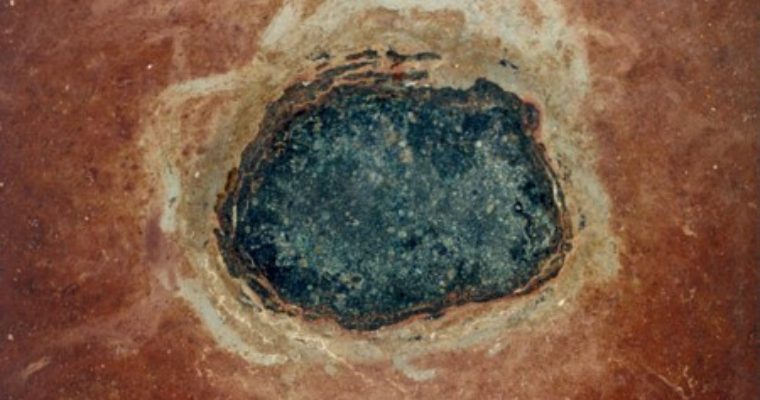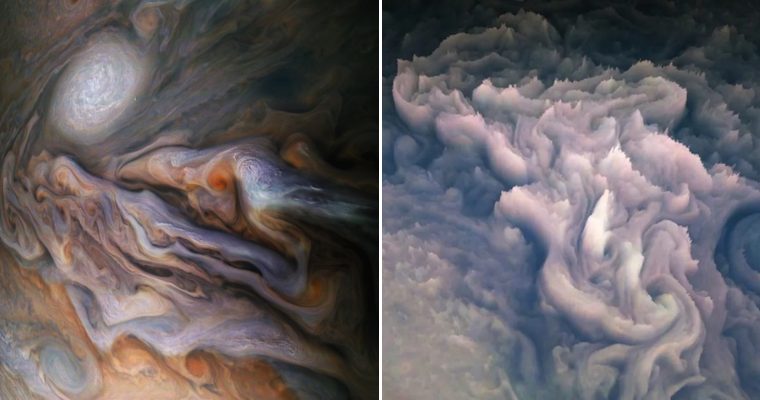Scientists have obtained visual evidence for the first time that a supermassive black hole can be ejected from its home galaxy.

Illustration of a black hole being ejected from the center of a galaxy with a trail of glowing gas behind. Photo: Keio University
Astronomers have discovered a “running away” supermassive black hole – it appears to have been ejected from its home galaxy and sped through space with a string of stars in its wake, Live Science reported on 21/21/. 2.
The team discovered the “runaway black hole” as a trail of light while using the Hubble space telescope to observe the dwarf galaxy RCP 28, about 7.5 billion light-years from Earth.
Observations suggest that the streak of light is more than 200,000 light-years long – nearly twice the width of the Milky Way – and is most likely formed from compressed gas that is creating stars. This gas follows a black hole estimated to be 20 million times the mass of the Sun and blasts out of its home galaxy at 5.6 million km/h, or about 4,500 times the speed of sound.
According to the researchers, this streak points out from the center of a galaxy, where there is usually a supermassive black hole. The supermassive black hole at the center of the Milky Way – the galaxy containing the solar system – is called Sagittarius A*, which is about 4 million times more massive than the Sun.

Sketch of the binary black hole system invaded by the third black hole (left) and the gas trail observed in the new study (right). Photo: Pieter van Dokkum
“We detected a thin streak in the Hubble image towards the center of a galaxy,” said astrophysics professor Pieter van Dokkum at Yale University, lead author of the study. With the Keck telescope in Hawaii, we found that this trail and the galaxy are connected.In detailed analysis, we believe that this is a supermassive black hole that was ejected from the galaxy, leaving behind a trail of gas and stars. new stars form behind”
“If confirmed, this will be the first time that humans have clear evidence that supermassive black holes can escape from the galaxy,” Dokkum said.
Thus, the “runaway black hole” may have been part of a rare binary supermassive black hole system. Then, in a galaxy merger, a third supermassive black hole entered the relationship, knocking out an old member.
Through studying black holes, scientists can learn more about the evolution of galaxies, even about the formation of the universe. Closer observations with other telescopes are needed to find direct evidence of a black hole at the tip of the mysterious light trail, says Dokkum.
Source: VNEXPRESS








